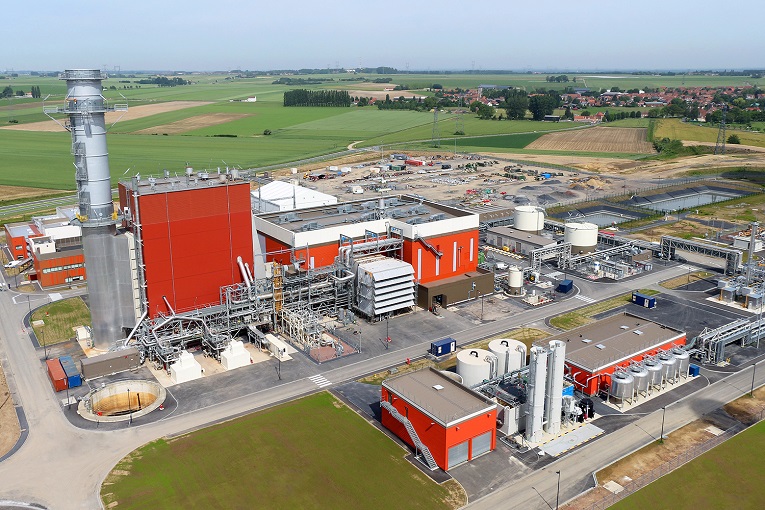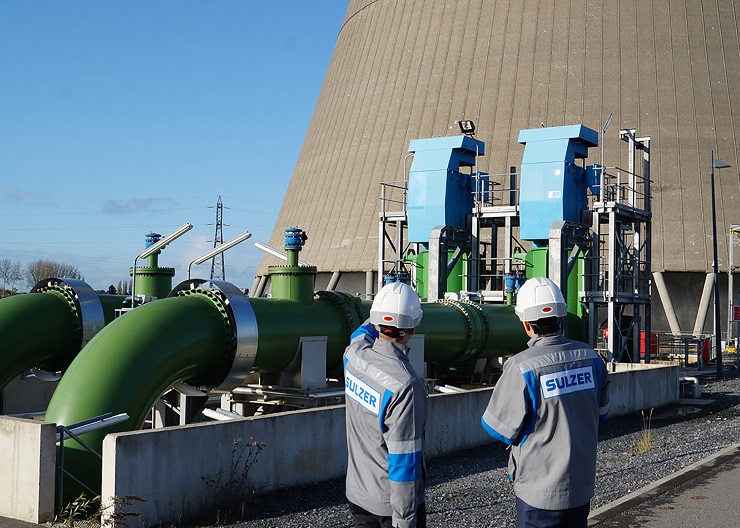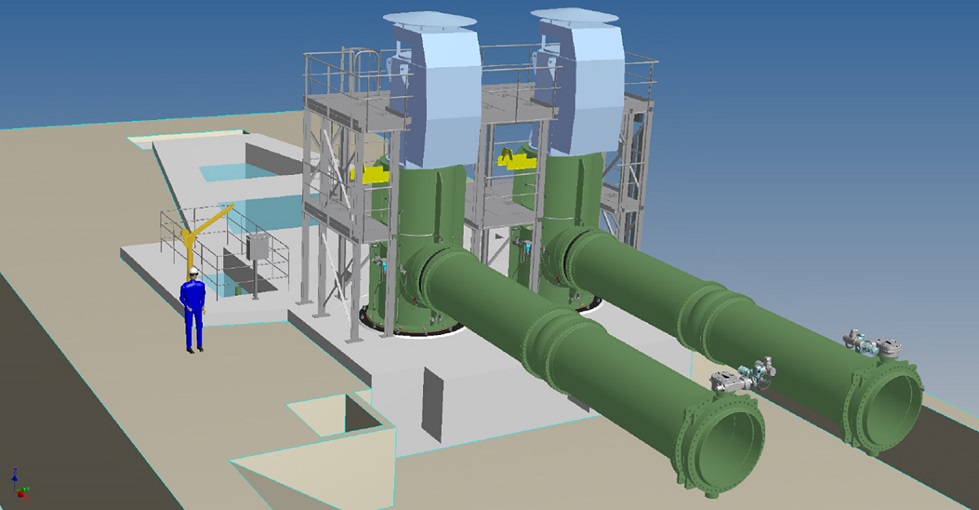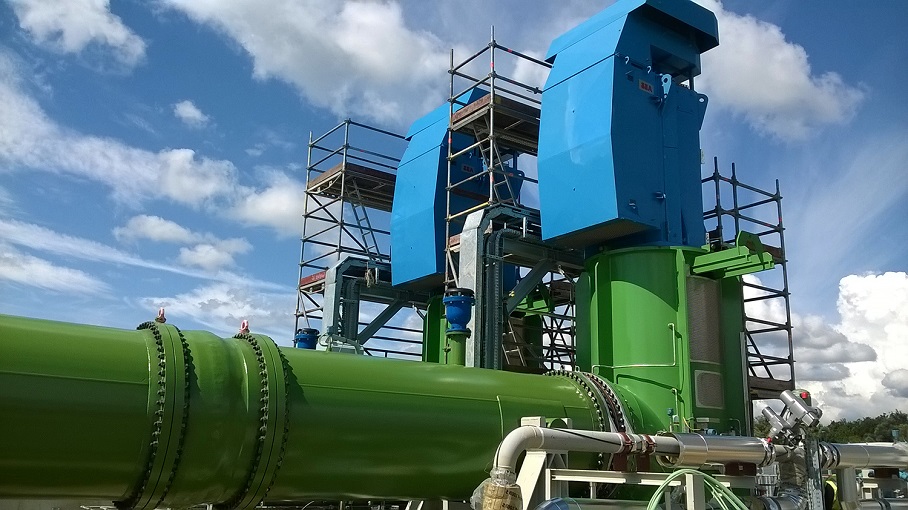



The EDF Energy combined-cycle gas turbine (CCGT) 605 MW power plant in Bouchain, France is one of the most energy-efficient in the world. EDF has achieved an overall efficiency level of 62.22% by partnering with major technology providers, including a global provider of pumping solutions.
The Bouchain plant is playing an important role in France’s energy transition by replacing an aged coal-fired power plant while providing a reliable and flexible source of power. The plant can ramp up its output from zero to full power in only 30 minutes, and as demand drops, its turbines can reduce their output by up to 40%, while still complying with stringent emissions’ regulations.
To achieve such high levels of performance, EDF has partnered with major technology providers from across the world to design and build the power plant, which uses a host of advanced technologies. One of those partners was Sulzer, a global provider of pumping solutions.
CCGT plants like Bouchain operate pairs of turbines that work together. Combustion of natural gas spins the gas turbine, which drives the generator. The hot exhaust gases are used to create high pressure steam that powers the steam turbine, which is also connected to the generator. The exhaust steam is then condensed and cooled ready for re-use.
System design Sulzer was contracted to deliver the design and manufacture of the pump installation for the condenser that forms an integral part of the steam recovery process. Two large vertical pumps circulate cold water between the condenser and the plant’s cooling towers, moving around 32,000 m3 of water per hour when the plant is operating at full load.
The scope of Sulzer’s work at Bouchain went far beyond the supply of the pumps. Drawing on its extensive experience of similar installations elsewhere in the world, the company was awarded a turnkey project for the circulation system. This included the design of the suction intake where the pumps are installed and the control strategies used to ensure optimum performance through every phase to the plant’s operation from startup to shut down.
Sulzer’s collaboration with EDF began during the concept and design phase of the project. Sulzer experts from France and Switzerland worked to propose a solution that met EDF’s technical requirements, then conducted a series of detailed studies to create the optimum solution which would achieve the best combination of price, performance and reliability. That work involved advanced thermal analysis as well as flow simulations using computational fluid dynamics (CFD) software to build a complete picture of the performance of the cooling system.
Selected pumps The pumps selected for the Bouchain plant are two of Sulzer’s latest generation of high-efficiency vertical circulation water pumps which have a proven design that was optimised to perfectly suit the technical requirements of the installation. Each pump draws approximately 1.3 MW of power, and in normal operation they run in parallel to supply the required cooling capacity. Two 50% capacity pumps were installed to improve the resilience of the cooling system. If one pump has to be taken out of service for maintenance, the power plant can continue to operate until the pump is back in service.
Once the design of the pumps and their associated control and monitoring systems was agreed, the two units were manufactured at Sulzer’s production facility in France. EDF’s specifications for the pumps included the installation of extensive instrumentation and data collection equipment to monitor temperatures and vibration levels in the pump bearings and other key components during operation. Both pumps also underwent extensive factory testing prior to their installation at the plant.
Optimal performance Sulzer’s involvement with the Bouchain project goes on to this day, four years after the successful commissioning of the cooling system. The company continues to monitor the performance of the pumps in service and works closely with EDF’s operations and maintenance teams at the site to ensure optimal performance and advise on the most appropriate maintenance strategies for these important items of equipment.
Nicolas Amalric, head of Mechanical Design at Sulzer Pumps France, who was the technical manager for the Bouchain pump project, said: “When we work with EDF, we know that we are expected to adhere to demanding specifications. Sulzer can meet these and offer a specific comprehensive solution to EDF. It’s a real feeling of pride to be part of a project like this, knowing that it is one of the most energy-efficient in the world.”
Phillippe Lambin, EDF’s manager of maintenance department at Bouchain CCGT, added: “We are very satisfied with the reliability of the pumps and with their mechanical behaviour, which we regularly monitor through vibration analysis. The performance is always stable and exactly what is expected. Sulzer has always supported us with its engineering and maintenance expertise. They are always there to help us maintain the levels of performance and quality that are essential for generating electricity.”



